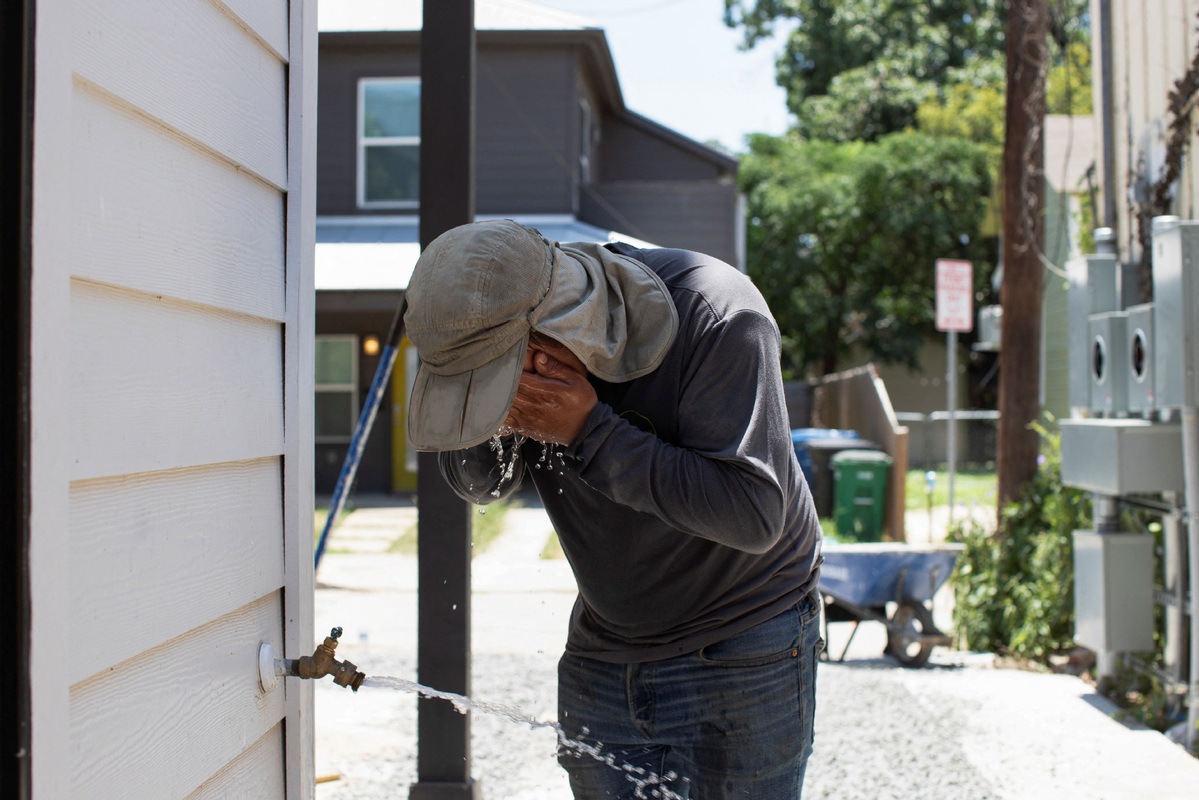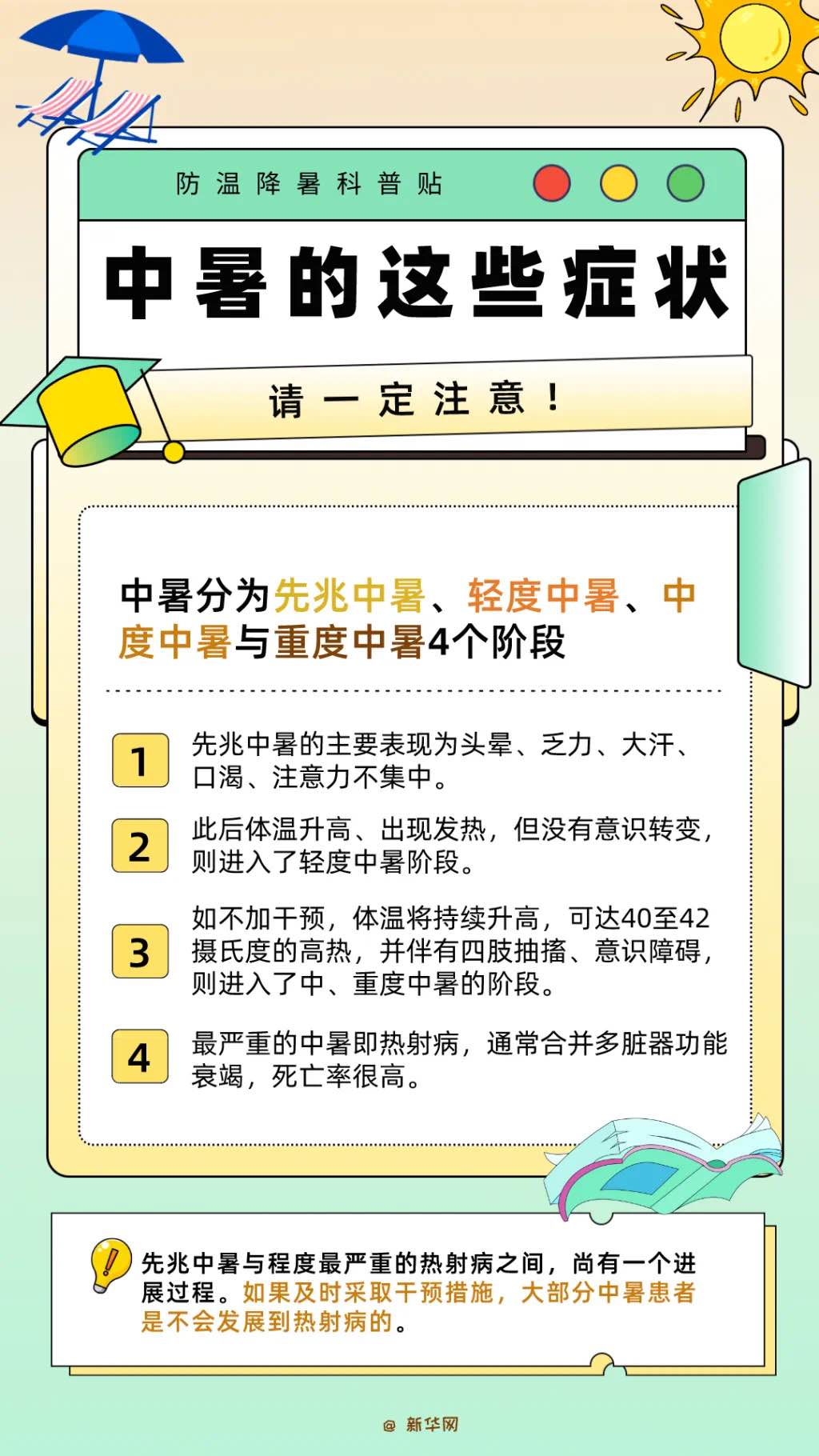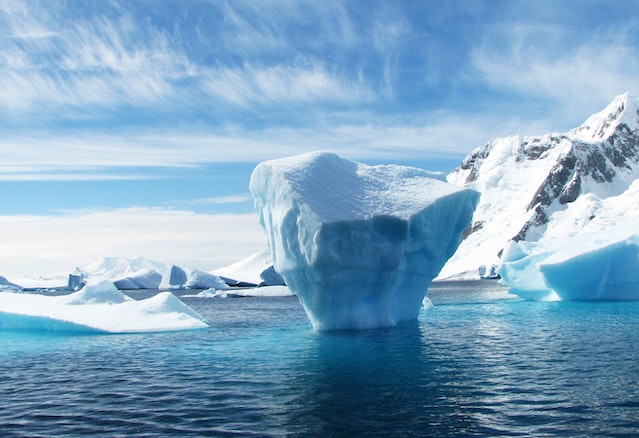
| 双语新闻 Bilingual News | 双语对照阅读 分级系列阅读 智能辅助阅读 在线英语学习 |

| 双语新闻 Bilingual News | 双语对照阅读 分级系列阅读 智能辅助阅读 在线英语学习 |
| [英文] [中文] [双语对照] [双语交替] [] |

| Even though summer has only just begun, record heatwaves are already being set. Last week Beijing logged its hottest June day since records began, at 41C. In Texas, a deadly heatwave is entering its third week – a number of records have already been broken across the state, including a blistering 115F (46.1C) reading in Del Rio and 116F (46.6C) in Cotulla. In India, morgues and hospitals became overwhelmed after temperatures hit 45C in some areas – at least 96 people reportedly died from heat-aggravated conditions. |
| “Definitely globally we are seeing more heat-related deaths as temperatures rise,” said Dr. Christopher Sampson, an emergency physician at MU Health. |
| Being exposed to these high temperatures can cause damage when body temperatures rise to 104 degrees or higher. It can occur as quickly as 30 minutes. |
| People with high blood pressure, people who work or exercise outside, and people over the age of 65 are most at risk. But it can happen to anyone. Health Research Funding found that 70% of heat stroke deaths occur in children younger than age 2. |
 |
 |
| The accelerated high temperatures in the past month or so have astounded scientists, who are pointing to a number of parallel events, including the human-caused climate crisis and the naturally occurring weather event El Niño, to explain the cause. The World Meteorological Organisation (WMO) has forecast that global temperatures are likely to surge to record levels in the next five years. |
| Since 1884, all 10 of the warmest years recorded have happened after 2003. And with that has come a host of more extreme and more frequent weather events globally that have displaced millions of people, led to food shortages, loss of habitats, and deaths. |
 |
| The rising temperatures that are a result of humans burning fossil fuels are being further exacerbated by the naturally occurring weather event known as El Niño – where sections of the Pacific Ocean heat up, causing temperatures to spike around the world. It is typically declared when ocean temperatures in the eastern Pacific Ocean rise 0.5C above the long-term average. Its arrival is particularly worrying because even though there were three La Niña episodes (the colder counterpart to El Niño where temperatures drop) between 2020 and 2022, last year was still the fifth-warmest year on record globally. |
| Scientists are concerned that as El Niño takes effect, extreme weather events will be that much worse. In 2015 and 2016, El Niño affected the food security of more than 60 million people. The weather conditions triggered regional disease outbreaks globally, according to a Nasa study, and it was associated with extreme drought and a record-smashing hurricane season. |
| Either way, it is now expected that the average temperature will exceed 1.5C beyond pre-industrial times in the coming years, which is the threshold set out in the Paris agreement where extreme weather events, heatwaves, droughts, flooding and other climate impacts get significantly worse. |
| It is not just the land that we should be worrying about – the ocean is heating up at an alarming rate because of an unprecedented marine heatwave which is being aggravated by, you guessed it, the human-caused climate crisis. Scientists are concerned by not only the sea surface temperatures, which are the warmest in more than 170 years, at 5C above normal, but also by the fact that the rise has come far earlier than they anticipated. The warm waters, described as “beyond extreme”, endanger marine life and make the air warmer and wetter over land as well. Scientists have forecast that there is a 90% to 100% chance that the warm sea surface temperatures will continue through August, with a 70% to 80% chance that it will last through the end of the year. |
 |
| Separately, warming oceans lead to sea level rise, more extreme weather and makes them less efficient in absorbing greenhouse emissions. |
| Last year, the Guardian’s Damian Carrington reported that at least a dozen of the most serious weather events, including extreme heatwaves, would have been impossible without human-caused global heating. Ninety-three percent of heatwaves were found to have been made more likely or more severe by human-caused climate change. And this is all happening, Carrington pointed out, with a rise of just 1C in the planet’s average temperature. In short: things are going to get a lot worse. |
OK阅读网 版权所有(C)2017 | 联系我们